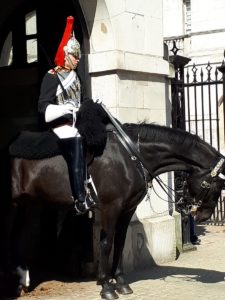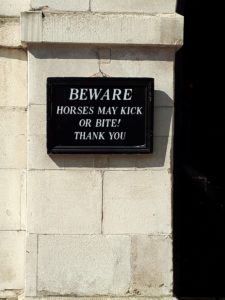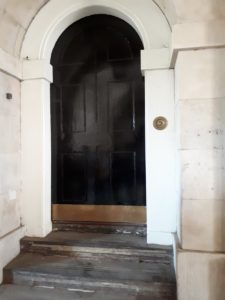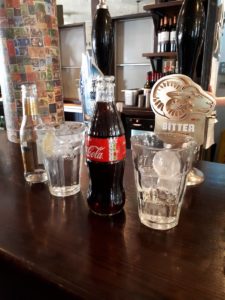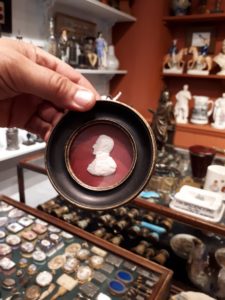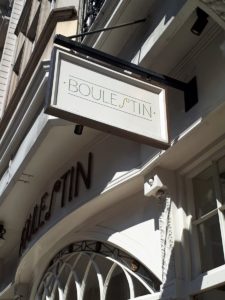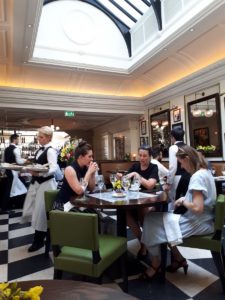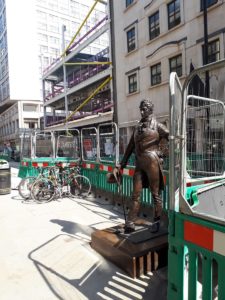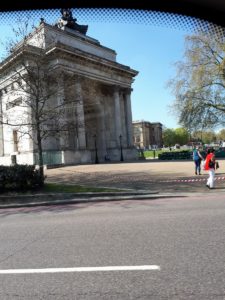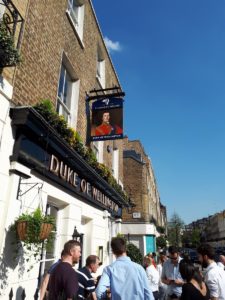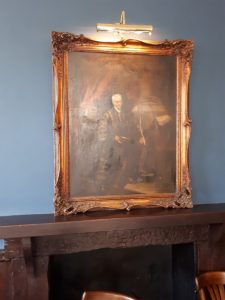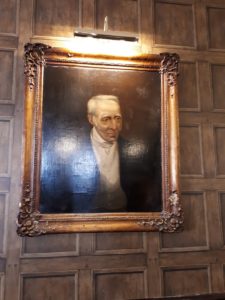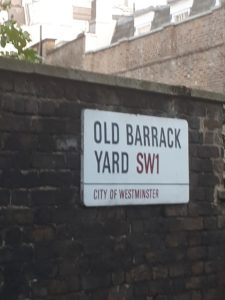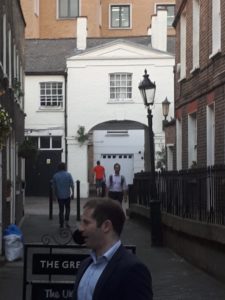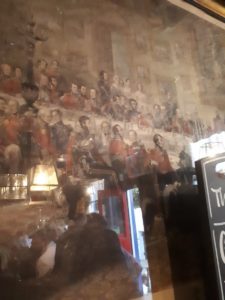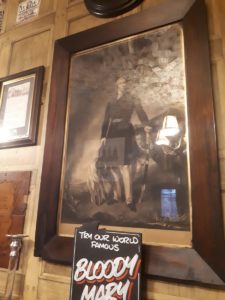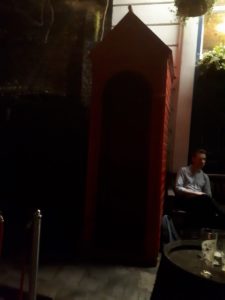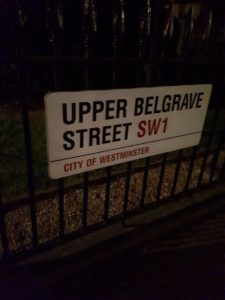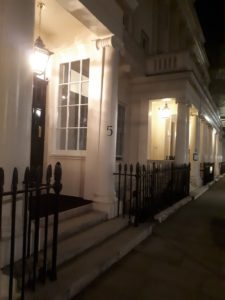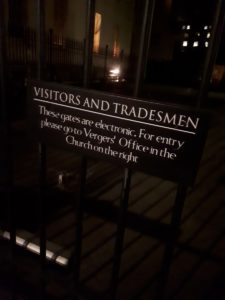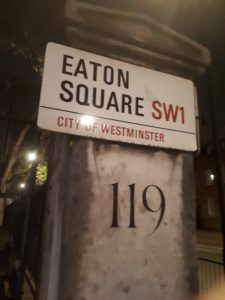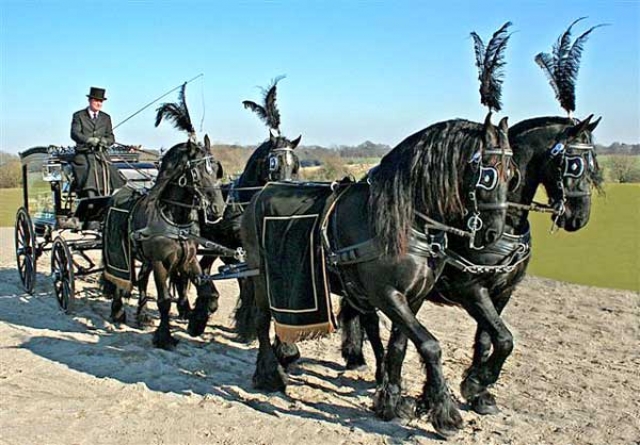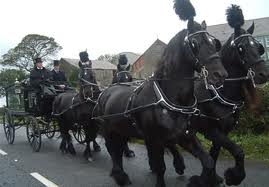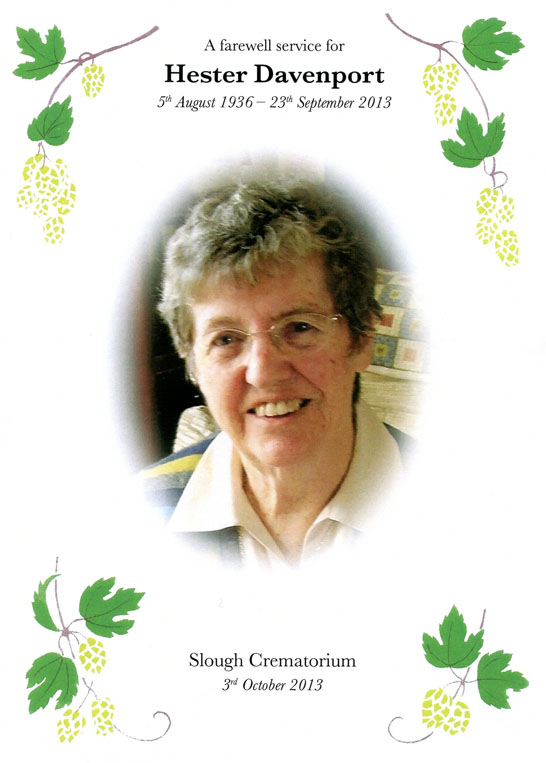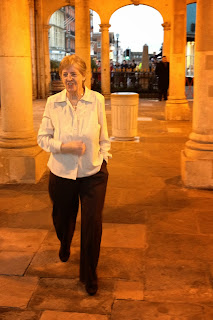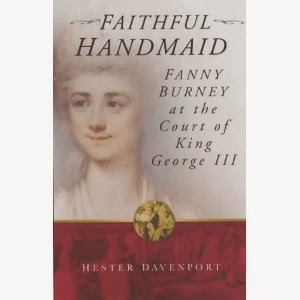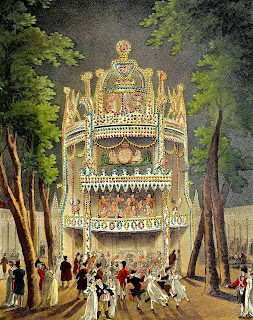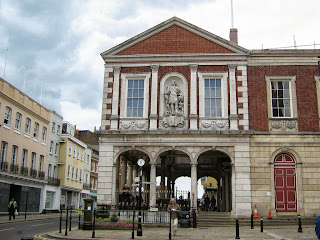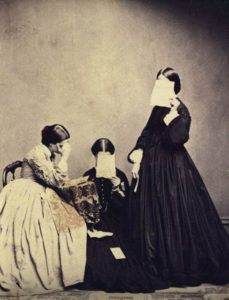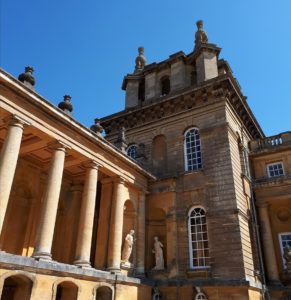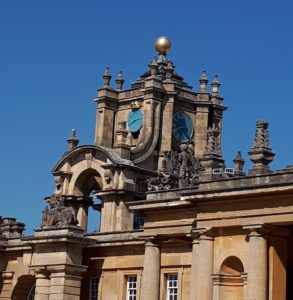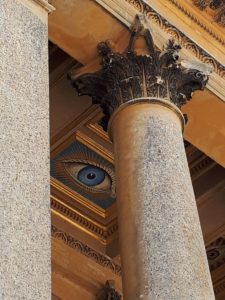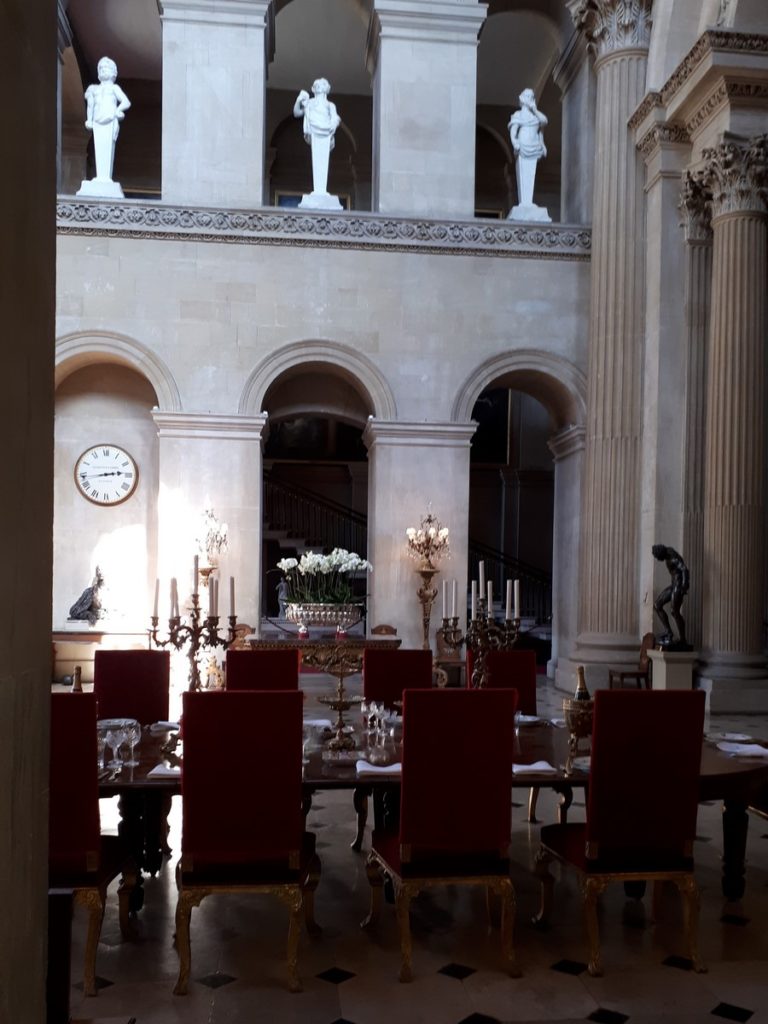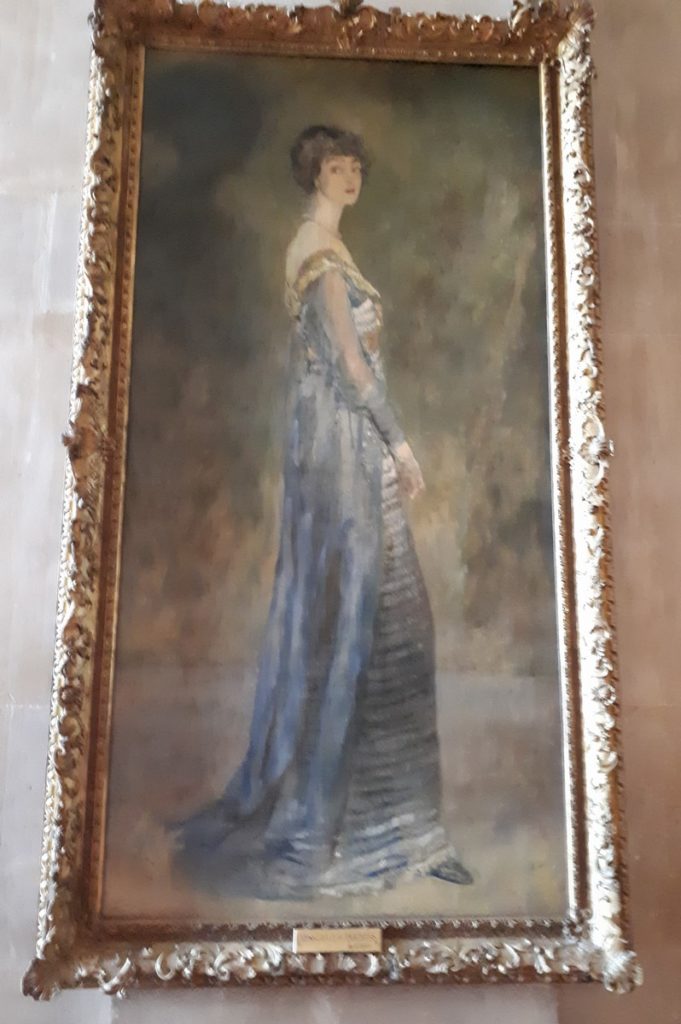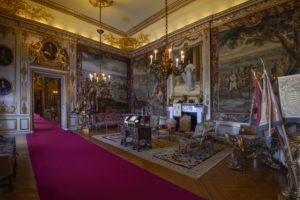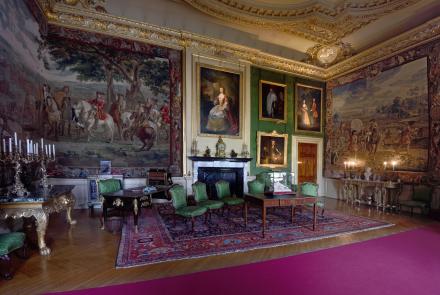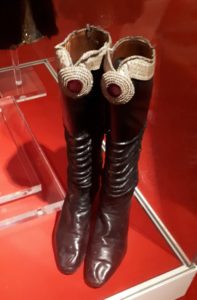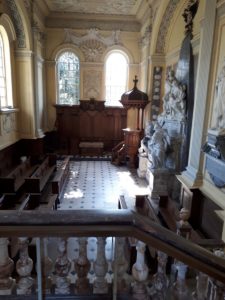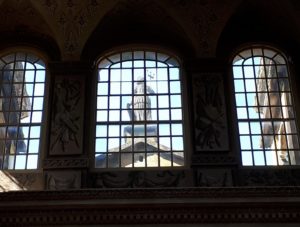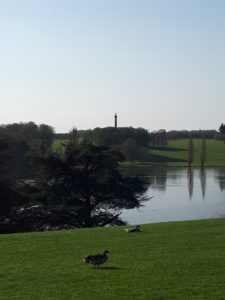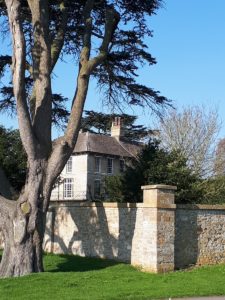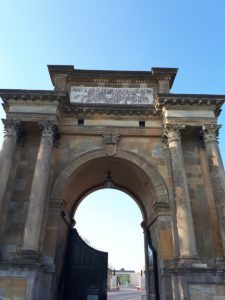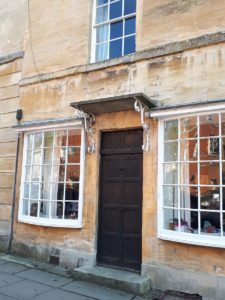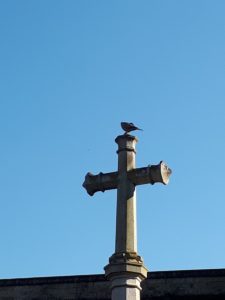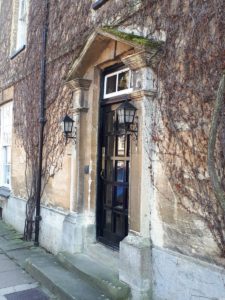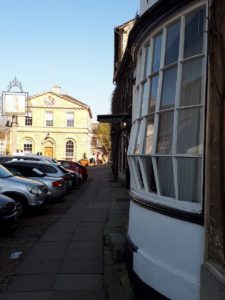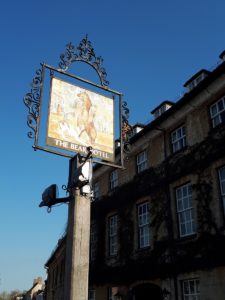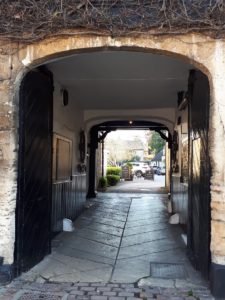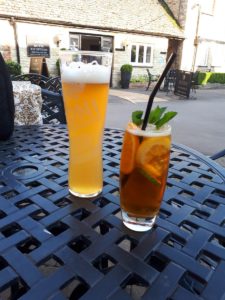From The Horse-World of London by William John Gordon (1893)
The best horses are, of course, those used for fashionable carriage work. The high-class harness horse comes to London when he is about four years old. He is untrained, undrilled, with all his troubles to be faced. The young cart-horse is gradually introduced to work on the farm; not so the carriage horse, who is too much of the possibility of a valuable animal to run any risks with. He may fetch 80L; but if he is a handsome, well-built, upstanding state-coach horse, of the kind now so much sought after, he will be cheap at 120L. He has to be educated to behave himself like a gentleman; he must learn to stand well—not an easy thing to do—he must know how to back and turn gracefully, how to draw up stylishly at a front door, how to look nice when under window criticism, how to carry his head and lift his feet, and how to work with a companion and be as like him in action as one pea is like another; in short, he has to go through a complete course of deportment, though not of dancing, and he will be a promising pupil if he gets through it in eight months. If he does well and shows a willing mind, it is well with him and he has an easy time of it for years; but if he is tricky or perverse in any way he may have to go to hard labour and spend a twelvemonth in a ‘bus. Sometimes that breaks him thoroughly of his bad habits and he returns to carriage work; sometimes, like an habitual criminal, he refuses to amend, and he remains a ‘bus horse for life. And herein is the advantage of a miscellaneous business, for if a horse will not do in one branch he may in another.
The new horse is not branded or numbered, but a note is made of his marks, and he is named from a book of names, taking, perhaps, an old name which has been vacant for at least a year; the names being chosen as fitting the particular horse, and not as aiding the memory with regard to the date or circumstance of his purchase, naming from pedigree, as in the case of a racer, being, of course, out of the question. There are many systems of naming; some firms, like Truman & Hanbury, and Spiers & Pond, give the horses names which begin with the same initial all through the year, so that the A’s may show the horses bought in 1890, the B’s those bought in 1891, the C’s those bought in 1892, &c.; others have other plans, but nothing of this systematic sort seems to exist in the livery trade, owing, perhaps, to the possibility of awkward developments in the event of the customer learning the key.
When the horse has passed his drills and been pronounced efficient, he takes his place with eight or nine others in a stable which has its roof thatched inside, so as to keep the temperature equable in summer and winter; and in every one of these stables the horses are as much as possible of the same colour and size, so as to look their best amid their comfortable surroundings. There are fixed travises and no bales for this class of horse, and no peat, but the usual straw, both for the sake of appearance and to save his coat from roughening. He is as well cared for as the plate at a silversmith’s, and, like it, is not often so well treated when out on hire. But horses of all grades are nowadays better treated than they used to be, even though there may be deterioration in their quality, which, to say the least of it, is doubtful.
(Doctors) with a consulting practice want a different sort of horse to the humbler general practitioner. The consulting man must have a pair that go fast and well, and cover long distances, and draw up at the door in a style that will inspire the patient and the patient’s friends with faith—and move the G.P. to envy. The said G.P. must have a horse that is ready for work at all hours, and looks none the worse for standing about in the rain; in other words, one wants a coach-horse, and other wants a good hackney, which some would consider the better horse of the two. Most of the doctors are horsed by the jobmaster. Some of the Harley Street and Cavendish Square men have half-a-dozen horses on hire, which means a nice little addition to their expenses. The horses are usually foraged by the jobmaster, and every fortnight the feed is delivered in sacks at the stable; but the shoeing is done by a local farrier, though at the jobmaster’s expense.
There is no doubt that the typical doctor’s horse, the horse of the hard-working general practitioner, has a trying life. Like the maid-of-all-work, his work is never done; and he must be exceptionally sound and robust to stand the wear and tear of day and night, particularly on what we may call the outer edge of London. He may not look so well as the animal driven by the country medico, who generally takes a pride in his horseflesh, but he costs quite as much and does not last as long. Six years’ work is as much as can be expected of him, and the expectation is frequently unfulfilled, for as a rule he has little time to bo comfortable either in the stable or the street, although many a one-horse doctor walks his round on Sunday, to give his weary steed a rest. Of late years influenza has been exceptionally hard on the doctor’s horse; it has hit him in two ways: as an ailment from which he suffers, and as a cause of much extra work. No wonder that the doctor jobs, and avails himself of an inexhaustible supply of horse power, in which the risk is spread over thousands instead of being concentrated on his one poor pill-box bay.
The daily round of the doctor’s horse must be as monotonous as that of the milkman’s. As a contrast we have the festive outings of that holiday animal, the wedding grey. As we have before noticed, the grey horse is not appreciated by the cabman, nor is he much loved by the omnibus owner or the carrier, but the livery stableman cannot do without him. For a wedding he is indispensable, though in a crush of weddings chestnuts have to take his place, just as in a crush of funerals the ‘black masters’ have to call on their brethren for the loan of darkish bays and browns.
Tilling averages half-a-dozen weddings a day all the year round, Sundays excepted, for Sunday is not a
favourite marriage day among the folks who patronise the jobmaster. To horse these weddings takes about forty horses, most of which do nothing else; but taking London round, the wedding horse is a superior kind of ‘bus horse out for a holiday, which he owes not to his merits and points, but to his colour; and it has been observed that the melancholy air with which he eyes the bride and bridegroom is due not so much to his forebodings as to their future, but to his veiling his joy at having such a light day’s work.
All the large horse-owners have infirmaries to which the sick and injured are sent, and most of them have a farm for the convalescent. Tilling’s infirmary is a special yard about a quarter of a mile from headquarters, where there are over sixty loose boxes and stalls for the patients under treatment. We have already seen how curiously alike to man the horse is in his ailments. This is all the more noticeable at this infirmary from the fact of a slate appearing on each door, on which is written the patient’s name, his complaint, and the treatment ordered; it only wants a blue paper by the side of it, to be sent to the dispenser for the medicine, to make the resemblance to a hospital complete. The horses that die in a livery stable are few, but those cleared out every year amount to about 12 per cent. This gives an average of eight and a half years’ work, but it is spread over so many kinds of horses as to be hardly worth consideration.




